(December 29, 2022) ‘I am not the same, having seen the moon shine on the other side of the world’, these words from Mary Anne Radmacher resonate with the Global Indian explorers who took on journeys that changed the course of their lives. As the curtain falls down on 2022, we look back at some of the adventurers and travellers who inspired people to go on journeys and transformed the idea of travel.
Dhruv Bogra
Many eyebrows were raised when 48-year-old Dhruv Bogra took a two-year-sabbatical from corporate life to cycle across the Pan-American highway. The disapproval didn’t deter the Delhi-based Dhruv from his solo, unsupported expedition, which began with his Surly Troll cycle in June 2016 at Deadhorse in Alaska and stretched on to Cusco in Peru. What many called a “crazy decision” turned out to be a “beautiful journey” for this adventure cyclist, who found his purpose and calling in the 500-day ride across 15 countries.

Dhruv Bogra at Gobbler’s Knob with his Surly Troll cycle.
“I was on a journey of exploring the world and myself. For me, it was a chance to break away from the cast we are born with. Not as a rebel, but to see that there is more to the world,” says the man whose quest was to explore the world on a bicycle. “I knew this couldn’t be done in a car. A cycle was the best way to soak in the rawness of it all,” the 53-year-old told Global Indian. The 18-month, 15,000-km travel journey led to his first book Grit, Gravel, and Gear in 2019, turning this corporate man into an author and a motivational speaker.
Candida Louis
Vrooming on her Bajaj Dominar, Candida Louis revved up on the open road solo for a trip from Bengaluru’s Vidhana Soudha to Sydney. It was August 2018 and she covered 28,000 km across 10 countries. Not just an ordinary road trip across continents, it was an emotional tribute that culminated into an epic journey. The 32-year-old biker girl’s journey was homage to an Australian biker who died riding a motorcycle from Alaska to South America. “I won a photography contest and was invited to the US where I first heard about Alistair Farland, an Australian biker who died in a highway accident in North America. It’s every parent’s wish to see their child return home after a trip. I kept thinking about Alistair’s parents after the tragic incident, and just couldn’t shake off that feeling. So, I decided to take a trip from Bengaluru to Sydney to meet his parents, and complete the trip on his behalf as a tribute to him,” said Candida.

Candida Louis is Sydney
It was a personal voyage yet sponsors were ready to help, and Candida made the journey as a part of the Change Your World Fund travel project. “I have taken many international road trips before, but this was special,” adds Louis who stayed with Alistair’s family for a week in Sydney, and visited his grave during the travel. “It felt like I managed to finish the trip for Alistair,” she adds.
“Travel is empowering. Your perspective on life changes. I have realised how we are just a speck in the universe. Getting to know people and multi-cultures is what makes it exciting,” adds the girl on a mission to educate the world on the importance of travel.
Amarjeet Singh
Age is just a number – the adage perfectly fits this “61-year-young” retired garment exporter Amarjeet Singh Chawla who travelled from Delhi to London by car at an age when most hang up their boots. The passion to travel the world in his gaadi took him on a journey across 33 countries, and earned him the moniker of the Turban Traveller. “It was a life-changing journey. Everyone has dreams, but not many fulfill them as they don’t have the keeda (urge). I knew I had to do it, and it changed my perspective on life. Such journeys change you within, and what is life without growth,” Amarjeet tells Global Indian.

Amarjeet Singh
As a youngster, he wanted to go backpacking around the world. Yet the 70s were different. So, he put his dream on the back burner, for when he retired. At 59, he decided to take a journey that not many take – he drove 40,000 km across the world. “I think 45 is an apt age for retirement. You are healthy enough to travel. I retired late at 58. But being on your own, interacting with the locals, and chasing your dreams at that age. It is worth the wait,” adds Amarjeet who has been on several spiritual journeys in the past few years spreading the message of Guru Nanak Dev and Sikhism.
Najira Noushad
Sitting at a height of 9,383 ft above sea level, Najira Noushad found her Sherpa hastily telling her that she cannot make it to the Everest base camp (17,598 ft) in five days. As a mother of five who had never stepped into a gym, the Sherpa reckoned the 33-year-old was being too ambitious. For Najira, it was a re-affirmation of why she was there in the first place: To break stereotypes. Najira wants the world to know that India is safe for women travellers and that a woman can do anything she sets her mind on. Not even the wind and sleet of the Himalayas. Najira made it to base camp in five days as planned, becoming the fastest Indian woman to complete the 62-km trek, braving snowstorms and navigating extremely steep and rocky terrain. “It was very challenging. But I knew I could do this. I had my eyes set on finishing the trek in five days. I set the challenge for myself to inspire other women,” Najira tells Global Indian.

Najira Noushad during her trip from Kerala to Everest base camp
Doing the trek without an acclimatisation period was a challenge, but Najira pulled it off. “After two days, I developed shortness of breath and suffered from exhaustion. If not for that, I’d have completed the trek in four days. Despite the difficulties, it was a great experience. It made me realise I can do anything,” adds the Oman resident, who hitchhiked her way from Kerala to Nepal to achieve the feat. “There’s so much negativity about the safety of solo female travellers. So I decided to ditch public transport and hitchhike all the way to prove the point that India is safe for women travellers,” she explains.
PK Mahanandia
It was in the crisp winter of 1975 that PK Mahanandia saw a woman tourist approach him in the inner circle of Delhi’s bustling CP, asking him to draw a portrait of her. The Indian artist, who had by then earned quite a reputation as a sketch artist, was known for making a portrait in ten minutes. But somehow, he wasn’t able to deliver a perfect portrait, which made Charlotte Von Schedvin, the Swedish tourist, return to him the following day. It was a prophecy that kept him distracted – one that was made by a priest when he was a child growing up in a village in Odisha – he would marry a girl from far away who would own a jungle, be musical, and be born under the sign of Taurus. And Charlotte was everything that had been prophesised.
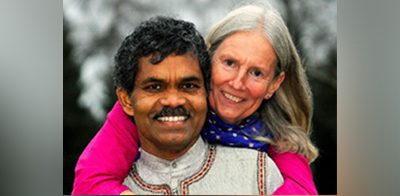
PK Mahanandia cycled from India to Europe for love
“It was an inner voice that said to me that she was the one. During our first meeting, we were drawn to each other like magnets. It was love at first sight,” PK Mahanandia told BBC. This very love made him cycle 6000 km from Delhi to Sweden on a life-changing epic journey. Now an advisor for art and culture for the Swedish government, he inspired the 2013 book by Per J Andersson called The Amazing Story Of The Man Who Cycled From India To Europe For Love.
Polar Preet
Setting out at the break of dawn (so to speak, there’s no real nightfall during the Antarctic summer), enduring temperatures as low as -50°C, tackling the formidable sastrugi and battling winds up to 60 mph, Preet Chandi, or Polar Preet, as she calls herself, undertook one of the most arduous journeys in the world – the icy ski route across Antarctica. As she planted her flag, the culmination of a 700-mile, forth day journey to the South Pole, she created history. In January 2022, 33-year-old Preet Chandi, a physiotherapist in the British Army, became the first woman of colour to ski solo across the continent of ice and snow.

Polar Preet became the first woman of colour to complete a solo trip to South Pole
“I don’t just want to break the glass ceiling, I want to smash it into a thousand pieces,” she wrote on her website. “I was told no on so many occasions, called stubborn or rebellious because I wanted to do things that were out of the norm and push my boundaries. I want to encourage others to push their boundaries, it is amazing how much your world opens up when you start to do so.” In June 2022, the polar trekker was named in the Queen’s Birthday Honours List as a Member of the Order of the British Empire.










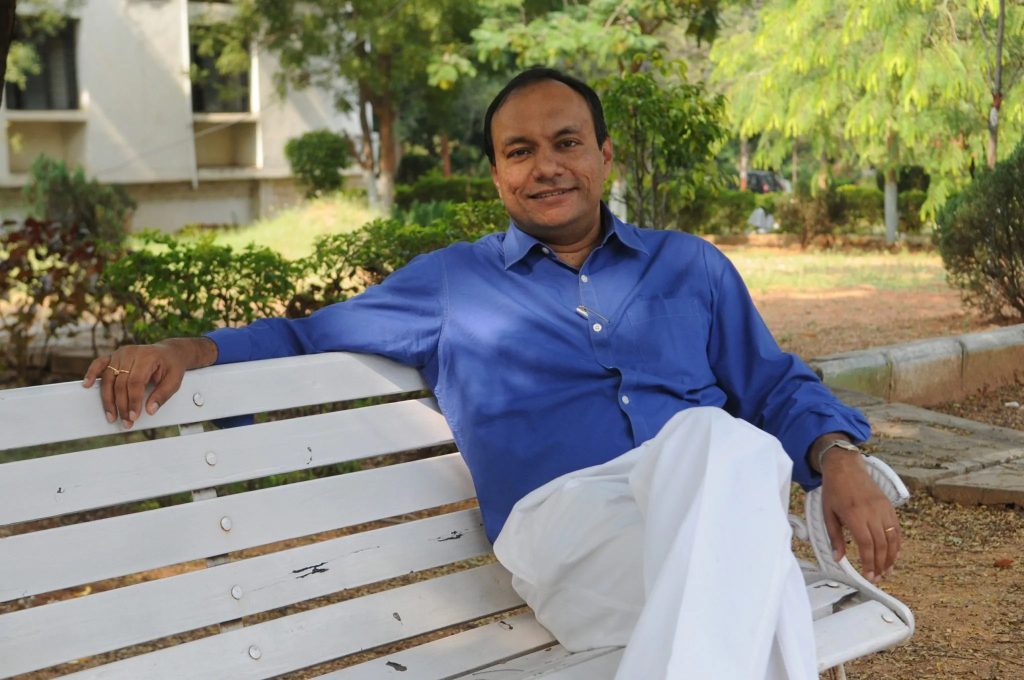 Dr Santanu Paul, founder, TalentSprint, is on a mission to revolutionise deep tech education in India[/caption]
Dr Santanu Paul, founder, TalentSprint, is on a mission to revolutionise deep tech education in India[/caption]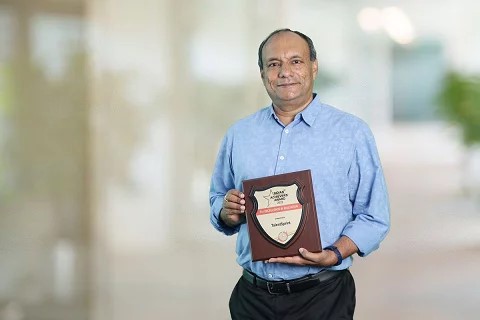





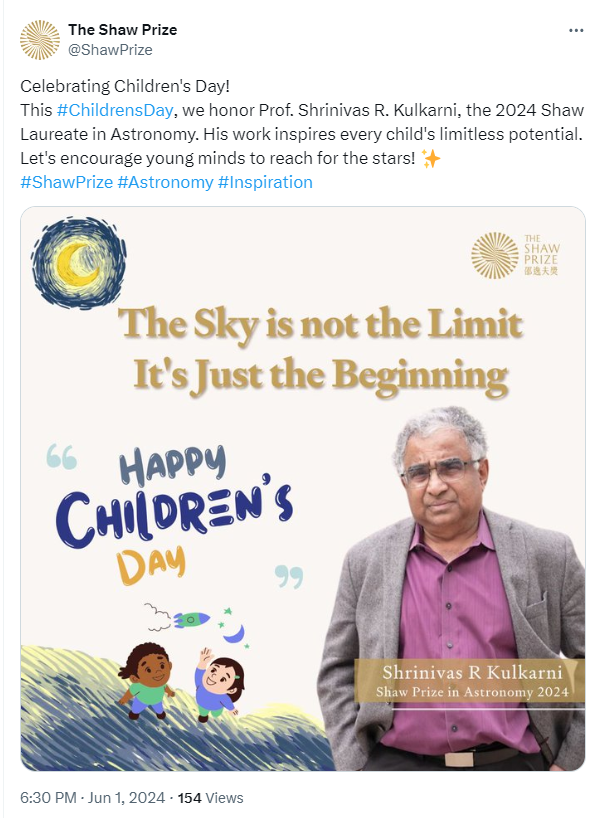
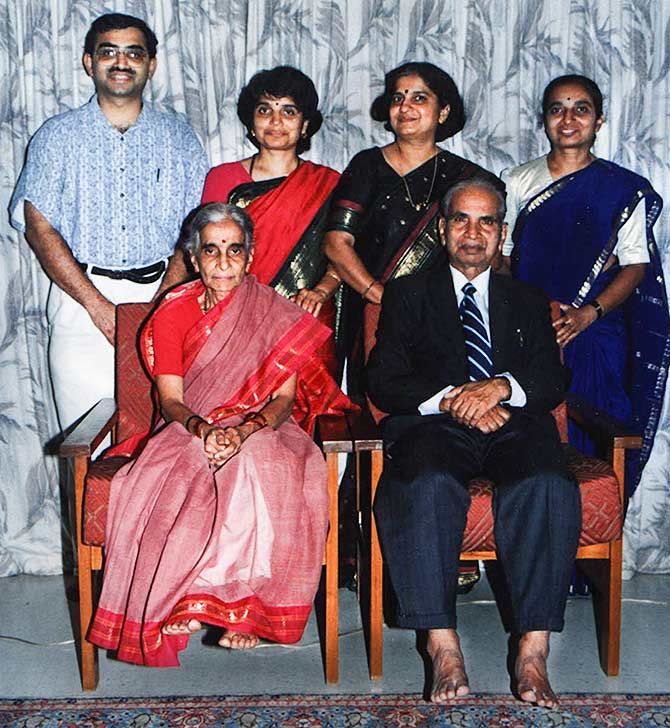 Shrinivas Kulkarni in an old family picture with his parents and sisters Jayashree, Sudha and Sunanda[/caption]
Shrinivas Kulkarni in an old family picture with his parents and sisters Jayashree, Sudha and Sunanda[/caption]